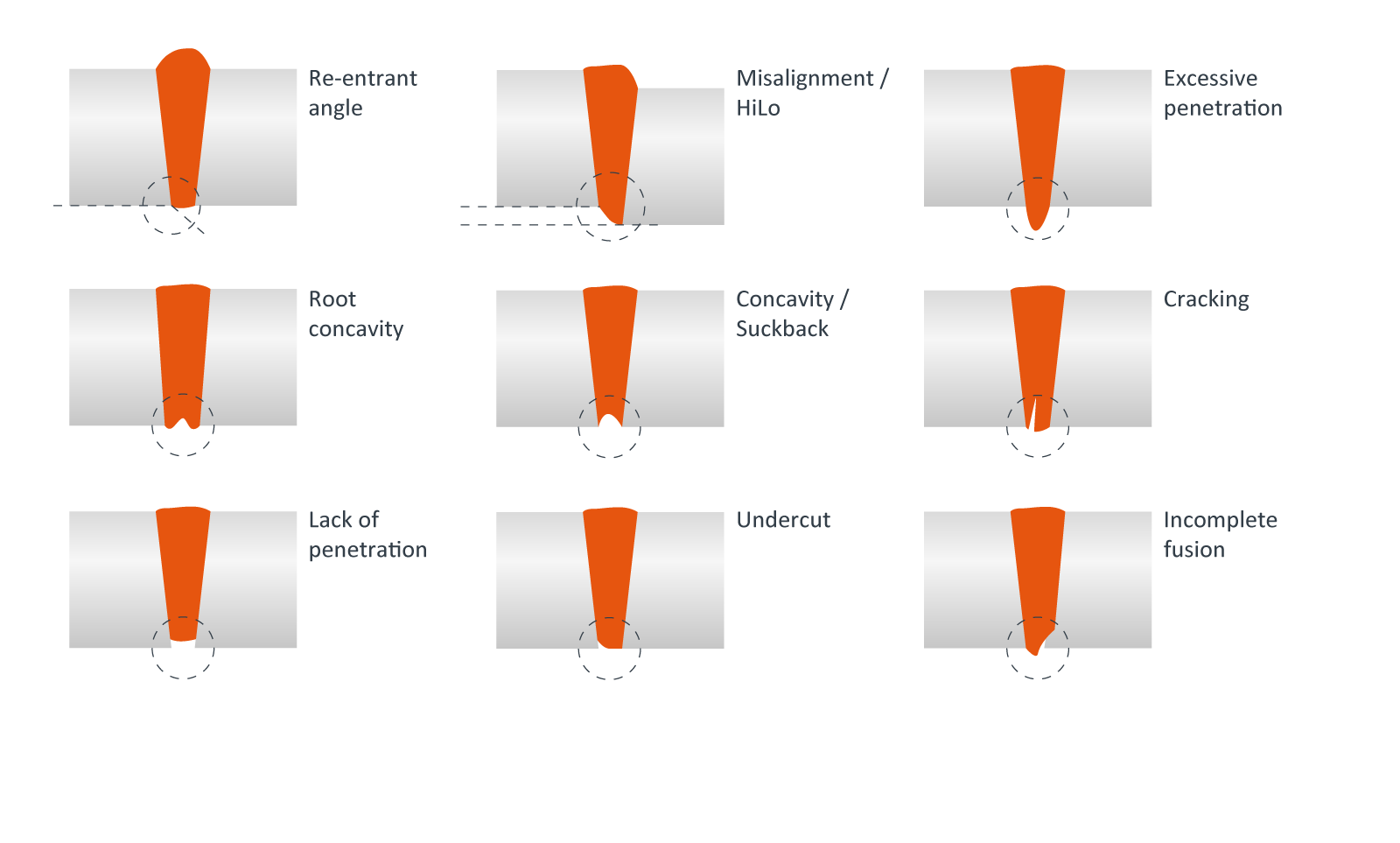A Comprehensive Guide to Identifying, Fighting, and Repairing Undercut Welding Issues in Your Welding Jobs
In the world of welding, coming across undercut concerns is a common difficulty that can compromise the architectural honesty and total high quality of your welding tasks. Recognizing the origin behind undercut welding, having the ability to properly detect it in your welds, and applying efficient preventative actions are essential skills for any type of welder. Furthermore, having the knowledge and techniques to correct undercut issues when they do take place can make a considerable difference in the last result of your welding ventures. Stay tuned as we explore the necessary components of identifying, stopping, and taking care of undercut welding problems, providing you with important understandings and approaches to boost your welding skills to the next degree.
Usual Reasons For Undercut Welding
Undercut welding, an usual issue in welding procedures, can be triggered by numerous aspects that need to be thoroughly identified and dealt with to guarantee the stability of the weld joint. One of the primary reasons of undercut welding is too much warmth input.
An additional typical reason of undercut welding is incorrect welding technique. Recognizing these root causes and applying restorative measures is crucial in protecting against and correcting undercut welding problems in welding tasks.
Identifying Undercut in Welds

To determine undercut precisely, appropriate illumination and zoom tools are necessary to check the weld joint completely. Utilizing tools such as a welding gauge or a magnifying glass can help in detecting also the tiniest undercut blemishes. Furthermore, running a finger or a fingernail along the weld joint can in some cases expose undercut, as the surface might really feel unequal or have a dip where the undercut exists.
Precautionary Steps for Undercut
Having a deep understanding of the causes of undercut in welds permits for the implementation of reliable precautionary measures to keep weld quality and honesty. These settings should be enhanced to avoid too much warm input, which can lead to undercut development.

Strategies for Taking Care Of Undercut

To deal with undercut concerns successfully, welders can employ details methods targeted at fixing the flaw and restoring the honesty of the weld joint. One method is to adjust the welding specifications, such as the voltage, present, and take a trip speed, to ensure appropriate heat input and combination. Increasing the welding existing or decreasing the traveling speed can aid fill in the undercut. In addition, changing the welding strategy from a push to a drag or vice versa can additionally assist decrease undercut.
An additional technique is to utilize a weaving activity while welding to ensure appropriate sidewall blend and fill in the undercut. By oscillating the welding arc from side to side within the weld joint, the welder can transfer more filler material right into the important site undercut areas, efficiently removing the problem.
Furthermore, grinding out the undercut and rewelding the joint can be a sensible option for extra severe undercut problems - Preventing weld undercut. This process includes removing the undercut area, preparing the base steel, and afterwards rewelding the joint with proper welding specifications and techniques to protect against undercut from returning

Specialist Tips for Staying Clear Of Undercut
Utilizing appropriate welding strategies and maintaining control over crucial welding criteria are important approaches for welders aiming to stop undercut in their weld joints. In addition, selecting the proper welding process and filler metal for the certain application can aid avoid undercut. Preserving a constant traveling rate during the welding process is another necessary pointer to prevent undercut.
Final Thought
In final thought, recognizing, preventing, and repairing undercut welding issues in your welding jobs is critical for ensuring strong and resilient welds. Preventing weld undercut. By recognizing the usual root causes of undercut, having the ability to recognize it in welds, applying safety nets, and original site utilizing correct strategies for dealing with undercut, you can stay clear of possible concerns and develop high-quality welds. Adhering to specialist pointers for staying clear of undercut can assist you enhance your welding skills and create better cause your projects
Undercut welding, an usual problem in welding procedures, can be triggered by various elements that need to be meticulously recognized and resolved to make sure the stability of the weld joint. Furthermore, running a finger or a fingernail along the weld joint can sometimes reveal undercut, as my link the surface area might really feel unequal or have a dip where the undercut exists.
Using proper welding techniques and keeping control over vital welding specifications are vital methods for welders intending to avoid undercut in their weld joints.In conclusion, determining, avoiding, and fixing undercut welding troubles in your welding jobs is essential for ensuring solid and resilient welds. By understanding the usual causes of undercut, being able to recognize it in welds, carrying out preventive actions, and making use of proper techniques for dealing with undercut, you can prevent possible problems and develop premium welds.